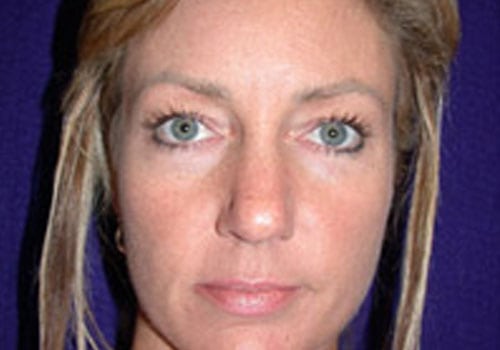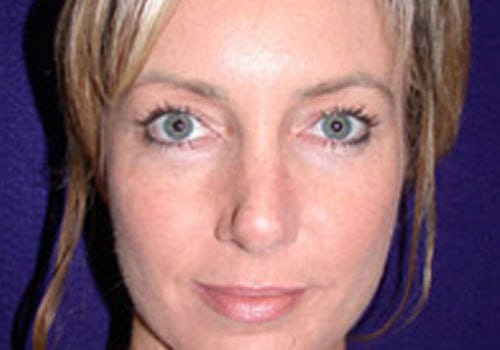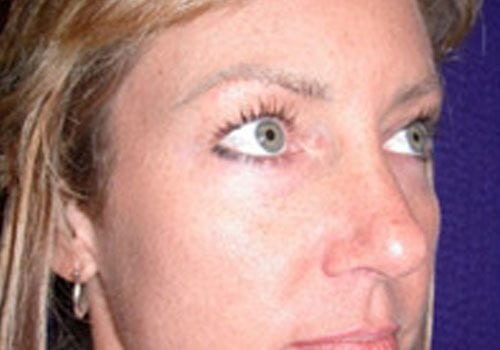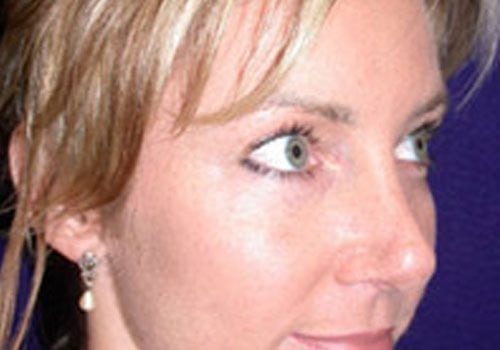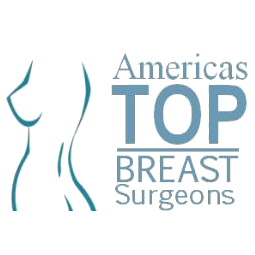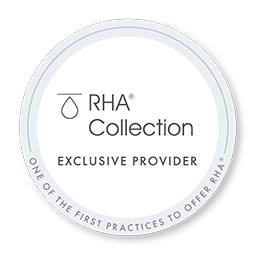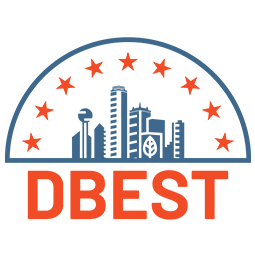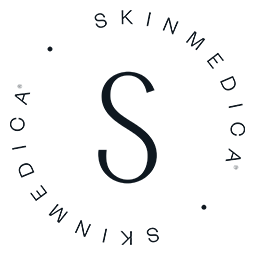Rhinoplasty Surgery in Dallas, TX
Your nose is central to your appearance and a vital component of the face you present to the world each day. However, when you believe your nose is too large, droops, or has bumps or other cosmetic defects, it often feels like it is the focal point of your face—and not in a good way. These aesthetic concerns frequently become a source of insecurity and frustration for many people, affecting their confidence and how they interact with others. Rhinoplasty, or nose surgery, alters the size, shape, and projection of the nose to enhance its appearance and bring it into balance with your surrounding features.
What Is Rhinoplasty?
Rhinoplasty, commonly referred to as a nose job, is a surgical procedure performed to address cosmetic issues related to the shape and size of the nose. It can correct a variety of concerns, including congenital deformities, cosmetic defects caused by trauma or injury to the nose, or balancing facial symmetry.
Rhinoplasty is beneficial for patients with aesthetic concerns as well as those who are looking to improve their breathing capabilities. It can also significantly enhance your quality of life by boosting your self-esteem and restoring your confidence in your appearance.
Schedule a Consultation
Why Might I Choose Rhinoplasty?
Reduction of Bumps or Humps
Bumps or humps on the nose can be present from birth or can develop after an injury. Rhinoplasty reduces the size of humps on the bridge to produce a straighter, smoother, and better-defined nasal shape.
Alteration of the Nasal Tip
Some patients have noses with upturned tips, while others have drooping nasal tips that make their noses look overly long. Rotating the tip allows for better projection and creates a more harmonious nasal profile.
Adjustment of Nostril Size
Flared nostrils can make the nose appear overly broad, while narrow nostrils can make the nose look too small for the face. Rhinoplasty helps to find a happy medium.
Narrowing of the Bridge Width
Men and women with large or flat bridges often look as though their nose is larger than it is. By narrowing the bridge, the proportion of the nose is improved. Some patients also experience better nasal projection from this technique.
Improvement in Breathing
Deviated septums are congenital or the result of an injury. This condition, where the airway in one nostril is larger than the other, creates difficulty breathing. Septoplasty, which can be added to your rhinoplasty, corrects this.
Ready To Acheive Your Goals? Schedule Your Dallas Rhinoplasty Consultation With Dr. Morales.
Schedule a ConsultationWhat Are My Rhinoplasty Options?
Closed
Rhinoplasty
A closed rhinoplasty is typically used for patients requiring minimal to moderate correction. This technique uses incisions made on the inside of the nostrils, leaving no visible scars.
For patients who need more significant alterations to their noses, the open rhinoplasty technique is used. It involves an incision made across the columella (the strip of skin that connects your nostrils at the base of your nose). Open rhinoplasty allows for a better view of the anatomy of your nose to ensure optimal correction. This technique does leave a thin scar along the columella, but it is barely noticeable and will fade over time.
During your consultation with Dr. Morales, he will discuss your goals and evaluate your nose to determine the optimal rhinoplasty technique for you. Based on your expected outcome and Dr. Morales' recommendations, he will work with you to create a personalized treatment plan.
How Is Rhinoplasty Surgery Performed?
Rhinoplasty is an outpatient surgery performed using general anesthesia. Once you are comfortable, Dr. Morales will begin the surgery using the surgical technique he has previously determined to be appropriate for you. He will make the incisions, either on the inside of your nose (closed rhinoplasty) or along the columella (open rhinoplasty), and begin to shape and sculpt the nose. If you are undergoing nasal reduction, Dr. Morales will shave and contour the bone and cartilage to reduce the size of your nose. For nasal augmentation, he may use tissue or bone grafts (from your septum, ear, or rib) or nasal implants to contour your nose. Once he is finished shaping your nose, he will carefully close the incisions to complete the surgery.
What Can I Expect During My Rhinoplasty Recovery?
After your surgery, your nose will be covered by nasal dressings/splint and packed with gauze to control bleeding and swelling while helping to ensure that the nose heals with the correct shape. You may experience some discomfort and difficulty breathing due to this packing, which is usually removed after a couple of days. You will have bruising and swelling around your nose and eyes, which may take a few weeks to resolve. Mild to moderate post-operative discomfort is normal and usually dissipates about a week after surgery. Any pain can be alleviated with prescription pain medication or even over-the-counter medication. You must sleep on your back during recovery and should keep your head elevated to encourage proper blood flow and to help minimize swelling.
Most patients return to work and their day-to-day activities within one to two weeks. Light exercise can typically be resumed after four to six weeks, and you should avoid lifting anything heavy for at least six weeks.
Dr. Morales will provide you with detailed instructions for your rhinoplasty recovery, but keep in mind that it is essential to avoid blowing your nose or applying any pressure to the bridge of your nose as you heal.
When Will I See My Rhinoplasty Results?
You may see some of your rhinoplasty results immediately after surgery, but they will likely be obscured by bruising and swelling. While about 90% of the bruising and swelling will subside within four to six weeks, it can take up to one year for your nose to completely heal internally.
Even though rhinoplasty is considered to be permanent, some patients do experience aesthetic changes during the healing process that may require a revision. Revision rhinoplasty can be performed to correct a complication or to further enhance aesthetics.
Why Choose Dr. Morales For My Rhinoplasty in Dallas, TX?
Dallas Rhinoplasty Before & After
Rhinoplasty FAQs
Good candidates for rhinoplasty do not smoke, are in good overall health, and have realistic expectations of their results. Ideal candidates for rhinoplasty are people who wish to improve the appearance or function of their nose, including:
- Correcting a congenital defect in their nose
- Repairing damage from an injury to their nose
- Addressing breathing issues caused by a deviated septum or trauma to their nose
The best way to discover if you're a good candidate for rhinoplasty is to schedule a consultation with Dr. Morales.
Rhinoplasty is considered a safe procedure when performed by a board-certified plastic surgeon like Dr. David Morales. However, as with any cosmetic surgery, there are some potential risks.
These include:
- Anesthesia risks
- Bleeding
- Infection
- Blood clots
- Poor wound healing
- Changes in skin sensation
- Nasal septal perforation
- Difficulty breathing
